- Saturday, 24 May 2025
We are recognised for our best practices: Mayor Rai
Suryodaya Municipality, situated on Nepal's eastern border, is known as the gateway to the region. It thrives in tourism, agriculture, animal husbandry and education. The municipality is particularly renowned for its breathtaking sunrise views from Antu, earning it the title of the ‘District of Sunrise.’
As Nepal’s tea capital, Suryodaya Municipality leads the district in tea production. Tourist destinations like Antu and Kanyam have made this municipality a well-known name in the tourism sector.
Declared a tourist city by the provincial government, Suryodaya has already been recognised as a child-friendly municipality and is now preparing to be declared a nutrition-friendly municipality.
In recent years, Suryodaya has become a model municipality, attracting representatives from local governments across the country who visit to observe and learn from its best practices. Foreign donor organisations have also shown significant interest and investment in the municipality.
Mayor Rana Bahadur Rai, elected from the CPN (Unified Socialist), is serving his second term. He is widely recognised as a development-oriented leader. In an interview with Prem Adhikari, our Pashupatinagar correspondent, Mayor Rai shared insights into recent developments and future plans for Suryodaya Municipality. Excerpts:
You and your team recently returned from a visit to China. What were the key takeaways ?
We spent six days in China and the trip was highly productive. We learned about the commercialisation and market expansion of tea. Additionally, we discovered a special type of bamboo that grows rapidly and generates income within a year. We are now exploring its plantation in open spaces in our municipality.
Another key learning was fish farming. China has made remarkable progress in this sector and is interested in establishing some industries in Nepal. Officials at the federal, provincial and local levels in China have expressed interest in investing in Nepal.
Will China invest in Suryodaya ?
Yes, they have shown interest in investing in tea production. Additionally, we have agreed to conduct a feasibility study on fish farming. The extent of bamboo cultivation will depend on the land we can allocate. Since bamboo-based industries require large quantities of raw materials, Suryodaya will take the lead and encourage other municipalities to participate in its plantation.
Foreign donor organisations have shown interest in Suryodaya. What projects are currently being implemented with foreign partnerships ?
We have welcomed almost all major ambassadors to Nepal, with only the US and South Korean ambassadors yet to visit. Diplomats from Switzerland, Japan and other countries have visited multiple times and appreciated our systematic approach to development.
Nepal is transitioning from a developing to a developed nation, and Suryodaya has been recognised as a model for good governance and best practices. Many donor agencies believe that Suryodaya's success should be replicated in other municipalities.
Recently, through UN-Habitat, I represented Nepali municipalities at an international conference in China on digitalisation in semi-developed countries. I presented two case studies, which were well received. We are currently collaborating with organisations like World Bank, UNDRR, CDRF and Mayor’s Academy. The World Bank has specifically selected Suryodaya in Koshi Province for development projects.
Switzerland is supporting small-scale irrigation projects while South Korea is focusing on tourism sector development. We have integrated GIS, GPS and RVS technologies to assess risk factors, making Suryodaya a model for data-driven governance.
How is the localisation of Sustainable Development Goals (SDGs) being implemented ?
We previously conducted SDG meetings to facilitate localisation and ensure a clear understanding of the process. Responsibilities for the 17 Sustainable Development Goals were distributed among the federal, provincial and local governments.
Achieving one goal at a time is the essence of localising SDGs. In education, all municipal children must pass grade 8, literacy rates must be assessed, hunger must be eradicated and irrigation must be managed, with budget allocations made accordingly.
The municipality’s arrears are nearly zero. How has governance improved in terms of good governance ?
In 2017, arrears were high. Since then, we have focused on building local capacity, self-evaluation (LISA), financial discipline (FRA) and local economic development while strengthening internal control systems. Audit irregularities serve as a mirror reflecting the state of the municipality. While some focused on scoring points in LISA, we emphasised institutional governance, capacity building, and service expansion. As a result, arrears decreased.
How was more investment in the social sector made possible compared to physical infrastructure?
People often demand immediate development, but allocating small budgets of less than half a million does not lead to real progress. The highest personal expenses for citizens are in education and healthcare. If these costs can be reduced, poverty alleviation happens naturally.
Due to high medical costs in private hospitals, people spend millions. Our municipal hospital is under construction, aiming to provide top-quality services. Health offices have been established in all 14 wards, equipped with online monitoring systems at the municipal level. Free health camps are organised for children and the elderly to ensure early disease diagnosis and prevention.
In education, we are adopting a scientific approach. An Agricultural Innovation Centre has been established in Karphok, featuring automated irrigation systems controlled via mobile phones. This serves as an educational model for children, changing the perception that agriculture is only for the poor. We are working towards transforming agriculture through AI-driven automation.
Why is there a lack of coordination between the federal, provincial and local governments?
Our governance structure has created problems. Laws are enacted but not implemented. Media and intellectuals have also overlooked this issue. For example, the Provincial and National Planning Commission and the Nepal government have outlined the responsibilities of each government level. A framework exists that defines tasks for local, provincial and federal governments. However, despite this, the federal government continues to introduce minor projects worth a few hundred thousand rupees, leading to fragmentation rather than proper coordination.
The upper levels of government must understand local needs. If the federal government allocates Rs. 10 million this year but does not follow through next year, development projects remain incomplete. The federal and provincial governments must establish implementation standards and delegate execution to local governments. Strong collaboration among the three tiers of government is essential.
Koshi Province declared Suryodaya a tourist city. What more needs to be done?
A lot remains to be done in tourism. Infrastructure development alone is not enough. Hospitality is key and this understanding is still lacking. While the province has declared Suryodaya a tourist city, no strategic plan has been developed yet. There is no clear roadmap or destination plan. Everything operates based on experience rather than structured strategy.
To develop tourism as a sustainable resource, international standards must be followed. More comprehensive planning and strategic initiatives are required to achieve this goal.




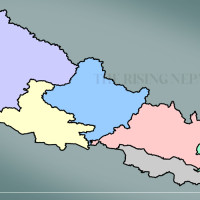
-square-thumb.jpg)


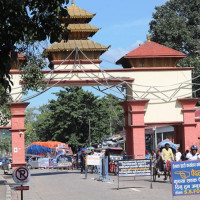

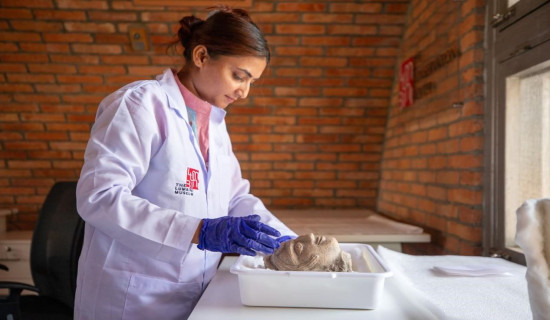
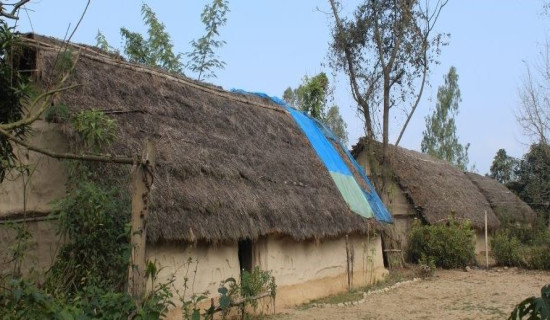
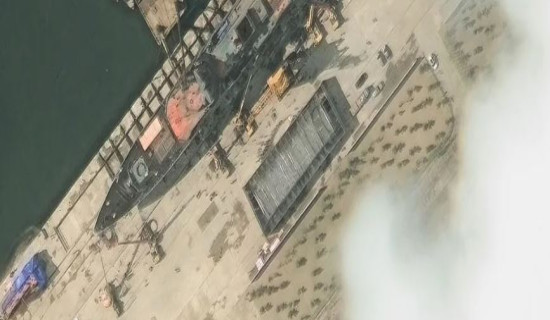


-original-thumb.jpg)
